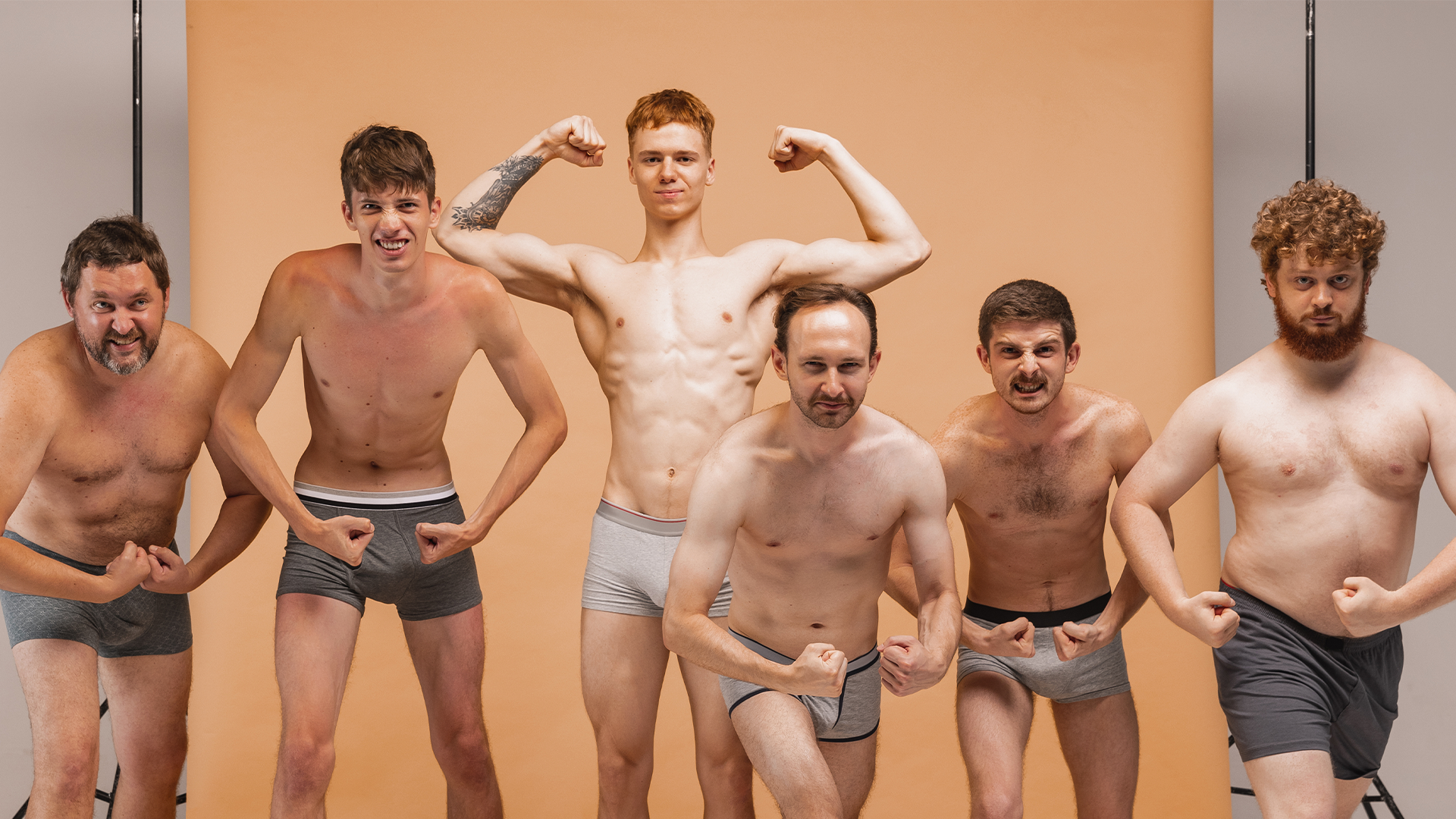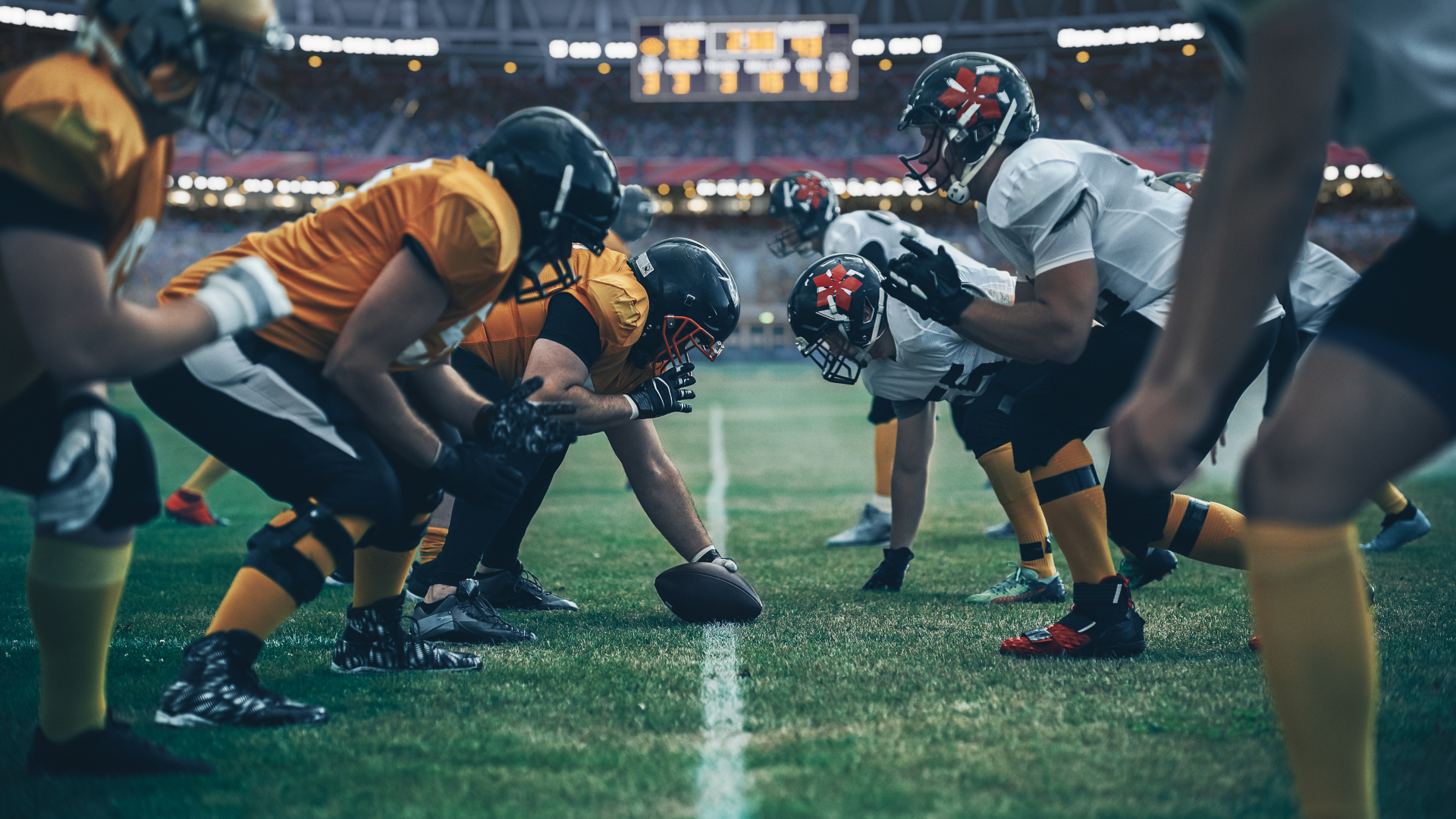In recent years, it’s become commonplace to label our body types. Curvy, muscular, sporty—you’ve probably heard it all.
Some body type classifications are fairly new, labelling the way we’re built is a concept that’s been around for decades.
There’s a big debate about whether or not body type matters for training purposes. And, people have pretty polarising views on the subject. Some say body type plays a huge part in how we should approach training, while some don't believe it matters much.
So, what are the three body types and will knowing them improve your training results? To help you make an informed decision, here we discuss the three main body types, the science behind body types, and whether or not body type can impact training.
What are the main “body types?”
According to the Oxford Dictionary, body types—or somatotypes—are “a category to which people are assigned according to the extent to which their bodily physique conforms to a basic type”.
In simple terms, your somatotype is a classification based on the appearance of your body. Body type takes into account body mass, body structure, and muscle density.
The idea of somatotypes was first established in the 1940s by Dr William Sheldon.
His original theory suggested an individual’s somatotype can be related to personality. While the personality suggestion is somewhat unfounded, studies have been underway to understand somatotypes and their influence on our health.
What are the three main body types?

We use lots of different words to describe physique and body composition in the modern age. But the three main categories of body types are ectomorph, mesomorph, and endomorph. Let’s take a look at each body type in a little more detail.
Ectomorph
An ectomorph body type is a thinner, more fragile body shape. Ectomorphs have a lower body mass than the other main body types, lacking fat and muscle. People in this category often struggle to gain weight and may even be underweight.
Mesomorph
A mesomorph body type is the ‘middle’ category of somatotypes. They have an average body mass and are likely to be athletically fit. They have fewer struggles with losing or gaining weight and find it easier to build muscle.
Endomorph
An endomorph body type has a larger body mass and a fuller structure. They find it easier to gain muscle and meet their strength training goals. Endomorphs also carry more body fat and may struggle to lose weight.
Why am I a particular body type and can I change it?
Most people don’t fall into one singular body type category. And, here’s the thing: our body type changes slightly over our lifetime. So, it’s likely that you’ll fall into at least two body type categories at some point.
Genetics play a large part in what body type we have. Twin studies investigating the three somatotypes conclude that all three body types have a high heritability rate, especially those in the ectomorph and mesomorph category. Age and sex are also factors that can influence our body type.
This genetic influence over our body structure means we have little to no control over which body type we have.
But, body types do often change over time. For example, our bodies can morph quite dramatically after hitting puberty, particularly when it comes to shape and body fat percentage.
In fact, an early study into body types found that males become more endo-mesomorph in their late teenage years and twenties, compared to being more ecto-mesomorph in their earlier teens.
Does my body type matter for my training?
Considering how body type may affect our health and fitness is important, especially if you have specific training goals in mind.
Mesomorph somatotypes generally find it easier to gain muscle mass. Armed with a consistent training regime, someone with a mesomorph body type is likely to experience quicker (as well as easier) muscle growth than ectomorphs and endomorphs.

Ectomorphs, on the other hand, may find it harder to build muscle. So, you’re more likely to see mesomorphs and endomorphs competing in higher weight classes than ectomorphs.
Body types and training outcomes
While working out consistently is essential for preparing as well as performing well for any kind of high intensity competition or activity, a study on Ironman competitions found that somatotype significantly impacted final results more than the athletes’ training plan.
The study concluded that ectomorphs actually performed far better than endomorphs, with the impact of somatotype most apparent during the running phase of the race.
Based on this study alone, it’s clear that your somatotype has a pretty colossal impact on training. But, your body type shouldn’t put you off aiming for a particular training goal. Instead, knowing your somatotype can help you understand how naturally equipped your body is for specific sports, activities, and styles of training plan.
Training strengths and weaknesses according to body type
For mesomorphs, being leaner gives you an edge for any type of training. Ectomorphs may find aerobic activities easier to train for, whereas building muscle might require a little more extra effort compared to meso and endo-morphs.
If you’re an endomorph, you’re likely to see better results when performing anaerobic exercise and muscular training. But, when it comes to aiming for aerobic goals, you might need a little more patience and a slightly more tailored training plan.
A balanced approach to body types
There’s criticism in the health and fitness world about placing too much emphasis on somatotype and training outcomes.
Paying too much attention to your somatotype can lead to unhealthy body issues, such as body dysmorphia or eating disorders. So, it’s essential to take a balanced approach when considering the impact of somatotype on your training outcomes.
Understanding your somatotype will help you gain muscle mass, drop excess body fat, and improve your performance. But, you should use your body type classification as a rough guide rather than a ‘be all and end all’ training solution.
Remember: Nothing beats being consistent, observing proper recovery periods, and fueling your body with the right nutrition.
Do the three body types matter?
Research shows that your somatotype can affect your training outcomes. Each somatotype comes with its own set of advantages and challenges related to specific types of training.
But, you shouldn’t treat your somatotype as a deciding factor when it comes to your personal strength and fitness goals. So, know your body type, set your goals, and develop a training plan that results in consistent progress. You can do it.
For more insider advice on getting the best possible outcome from your fitness plans, read Is It 80% diet and 20% training?
Over 299,434 purchases
Over 509,389 bottles sold
Over 30,563,340 pills taken








